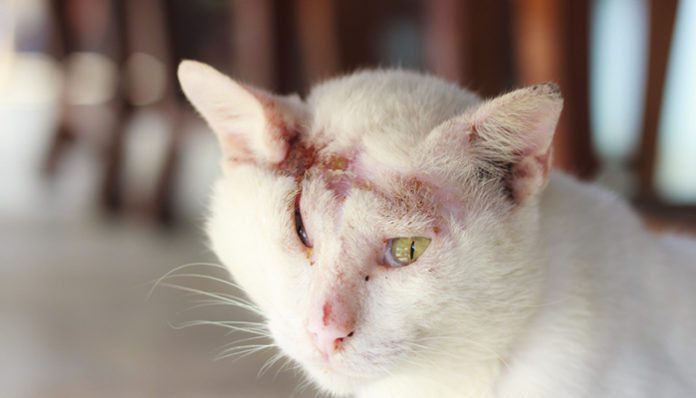Animal cruelty goes far beyond yelling or hitting. Sometimes the abuse isn’t visible at first glance. Fortunately, there are ways for the savvy eye to recognize when an animal is mistreated even if it’s not so obvious. When you understand the signs of animal cruelty, you’re better able to determine if you need to take steps to move abused pets to a safer, loving environment.
Our pets depend on us for their survival. They look to us for food, water, shelter, and medical care. Withholding these basic needs is, indeed, a form of animal cruelty. If you suspect a pet is being kept tied outside without food or shelter, you should call the authorities.
Animals who are allowed to roam free still need the basics. Some may argue that dogs who roam free can find food, water, and shelter. However, most common house pets aren’t bred to be self-sufficient.
How to Recognize Animal Cruelty
Because animals can’t tell the tale of abuse or neglect, it’s up to us to be their voice.
There are physical clues that can indicate neglect, such as an excessive amount of fleas, ticks, or other parasites. Other signs are open sores, wounds, or injuries left untreated, hair loss or signs of skin disease that continue to worsen because it has been left untreated. If you see an animal left or tied outside without any apparent food or water and he or she is extremely thin, often times with bones visible through the skin, this is a sign of neglect.
Other types of abuse are considered unintentional, but can still have a negative impact on the life of the animal. Some unintentional abuse happens when people hoard animals. That is, they have so many animals all of their pets are neglected and living in filth. Many animal hoarders are mentally unstable and don’t recognize that they’re performing acts of animal cruelty.
What Can You Do?
If you suspect abuse or neglect of an animal, be certain to monitor the situation if you are able. It is important to gather facts, including what you may observe as well as gathering information on the observations of others. Keep a record with dates and any other facts pertinent to the situation. Contact local police, an animal welfare organization, or animal control to report suspected cases of abuse, neglect, or cruelty.
Sometimes getting involved can be hard; just remember, if you do not speak up, no one else might. You can be a hero to an animal that badly needs one.
See Also: Protecting Pets from Domestic Violence
Photo Credit: freeimages.com

[…] Animal Cruelty Goes Beyond Yelling or Hitting […]